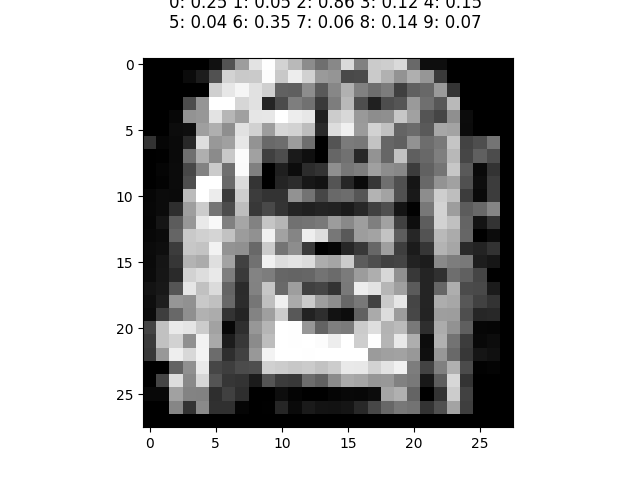Original TensorFlow 2.0 (multi-gpu) implementation of gamma capsule networks (https://arxiv.org/pdf/1812.09707.pdf). If you find this code useful in your research, please cite:
@misc{peer2019gammacapsules,
title={Increasing the adversarial robustness and explainability of capsule networks with $\gamma$-capsules},
author={David Peer and Sebastian Stabinger and Antonio Rodriguez-Sanchez},
year={2018},
eprint={1812.09707},
archivePrefix={arXiv},
primaryClass={cs.LG}
}
Note: In the paper we adapted the original implementation from [1] and compared with the implementations for routing-by-agreement (RBA) from [1] and [3] for matrix capsules. Both implementations where written in TensorFlow 1.x. Here we provide a reimplementation of gamma-capsules for TensorFlow 2.0 as it increases the readability. The results are similar then reported in the paper.
For this installation we assume that python3, pip3 and all nvidia drivers (GPU support) are already installed. Then execute the following to create a virtual environment and install all necessary packages:
- Create virtual environment:
python3 -m venv env - Activate venv:
source env/bin/activate - Update your pip installation:
pip3 install --upgrade pip - Install all requirements. Use requirements-gpu if a gpu is available, requirements-cpu otherwise:
pip3 install -r requirements.txt
To train a gamma capsule networks execute the train.py script. It will train the network on fashionMNIST for 10 epochs using robust training with k=40, eps=0.1 and a = 0.01. During training the progress is shown on tensorboard for the accuracy, loss and all gamma-metrics:
As shown in the image also the D-score for [0-9] and [0] is recorded. Also activation maps for [0-9] and [0] and the confusion matrix on the test set is shown after each epoch. You can also compare the results with non-robust trianing if you set the gamma_robust argument to false. To debug the code set the enable_tf_function argument to false. As reported in [1] the shirt class is hard to learn:
If you want to compare it with classical capsule networks from [2] you can use the original implementation from [2]
or optionally you can also use the inofficial tf2 implementation that we provide in this repository capsule/capsule_layer.py
Note: In the paper we only used the original tf1 implementation to ensure that results are correct and not due to implementation bugs etc.
To evaluate what each capsule represents call the activate_capsule.py script and set the layer argument
(0 = hidden, 1 = output). The image that is generated together with its logits is then shown on tensorboard
[1] - Increasing the adversarial robustness and explainability of capsule networks with
[2] - Dynamic Routing Between Capsules
[3] - Matrix capsules with EM routing
[4] - Avoiding Implementation Pitfalls of “Matrix Capsules with EM Routing” by Hinton et al.
[5] - Limitations of routing-by-agreement based capsule networks


